The Ornate Charm of American Currency from the 1700s
Bills of the time were covered in beautifully unique designs.
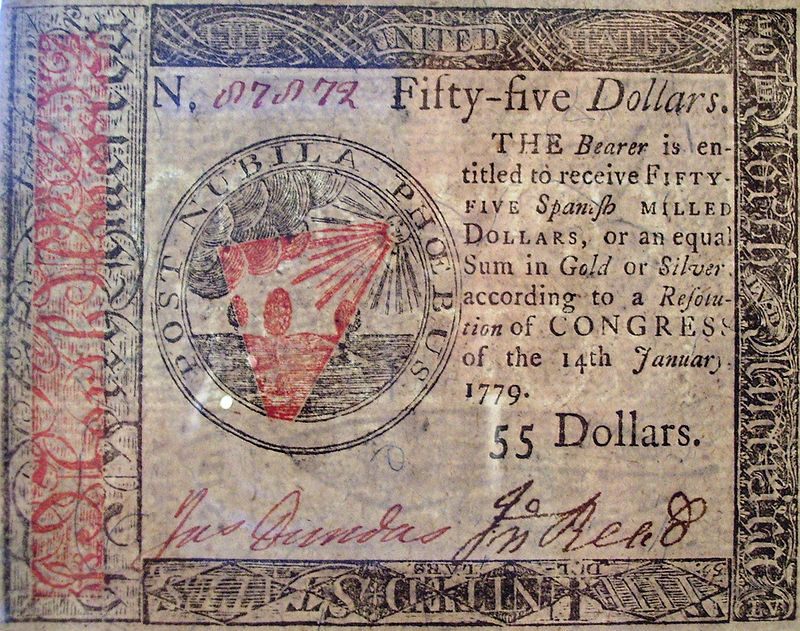
A $55 note from 1779. (Photo: Beyond My Ken/CC BY-SA 3.0)
With Harriet Tubman coming to the American $20 bill, and other changes being made to the look of money in the United States, the design of dollars is once again set to evolve. But our current bills still hold many of the symbols and motifs that existed in our earliest paper money, the Colonial and Continental currencies.
Back then, when the bills were being produced by each of the colonies, they were both wilder and more elaborate. Incorporating early versions of the filigree and emblems, like the pyramid, still found in American currency today, these proto-dollars are terrific artifacts from a more primitive economy. Until 1797, they did not even use the “$” symbol, which had to be invented by a bankrupt Irishman first.
Take a look at some of the most gorgeous money from the 1700s.

A 20 shilling note from Colonial Pennsylvania (front side). (Photo: National Numismatic Collection/Public Domain)
When the first British settlers established themselves on American shores in the 1600s, their economy relied on bartering, foreign money, and commodity-based trade (beads, skins, wampum, etc.). But by the 1700s as the colonies began to claw their way to independence, they began printing unique promissory notes to more efficiently conduct transactions.

A 20 shilling note from Colonial Pennsylvania (back side). (Photo: National Numismatic Collection/Public Domain)
Since each colony was producing its own script, the independently produced paper money covered a wide range of values. A piece of Colonial currency from the Connecticut Colony might entitle the bearer to 40 shillings, while a similar bill from Georgia might be worth $40. Many of them bore the threatening slogan, “To Counterfeit, is Death.”

A two shilling note from Colonial Massachusetts. (Photo: National Numismatic Collection/Public Domain)
Even as the Revolutionary War began, and the newly formed Continental Congress began to issue more formalized dollar bills, known as Continental currency, the amounts were still odd (there were bills for a third of a dollar and $55) and their actual worth was not assured.

A two shilling note from Colonial New York (front side). (Photo: National Numismatic Collection/Public Domain)
By the end of the 18th century, both Colonial and Continental currencies had proven to be a flop, even giving birth to the phrase, “worthless as a Continental.” But the burgeoning government learned from their mistakes and began taking steps that would lead to the more stable monetary system that exists today.
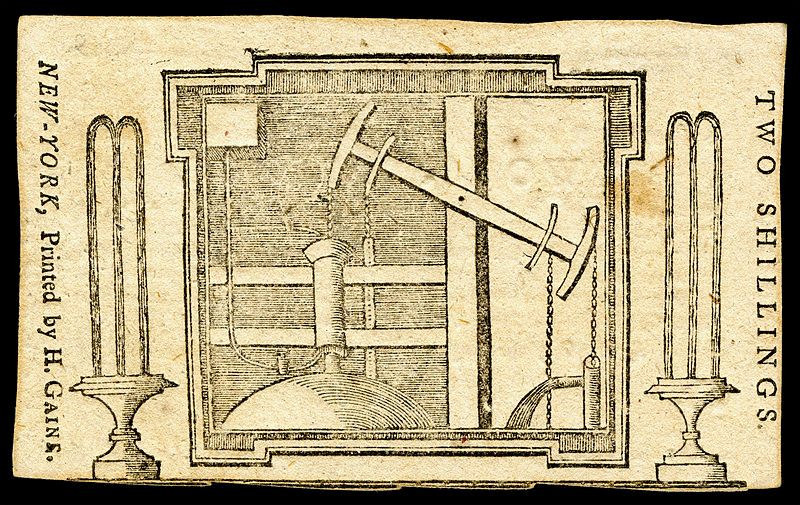
A two shilling note from Colonial New York (back side). (Photo: National Numismatic Collection/Public Domain)
Even though the Colonial and Continental currencies weren’t that effective as economic vouchers, their unregulated and independent development of their designs left us with some uniquely beautiful numismatic treasures, each different from the last.

A four shilling note from Colonial Delaware (front side). (Photo: National Numismatic Collection/Public Domain)

A four shilling note from Colonial Delaware (back side). (Photo: National Numismatic Collection/Public Domain)

$1 Colonial bill from New Hampshire. (Photo: National Numismatic Collection/Public Domain)

A 12 shilling note from Colonial New Jersey (front side). (Photo: National Numismatic Collection/Public Domain)

A 12 shilling note from Colonial New Jersey (back side). (Photo: National Numismatic Collection/Public Domain)
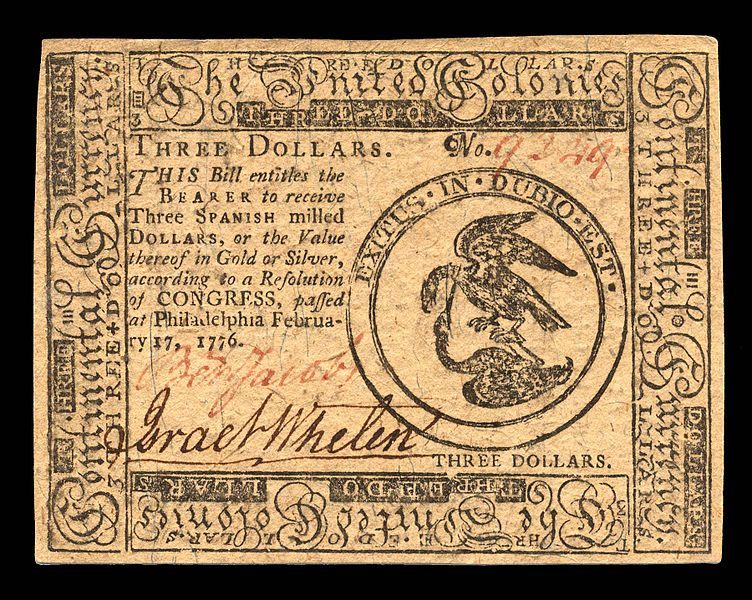
A three dollar Continental bill. (Photo: National Numismatic Collection/Public Domain)

Continental $50 bill from 1778. (Photo: Francis Hopkinson/Public Domain)

A Continental 1/3 dollar note from 1776. (Photo: Wikipedia/Public Domain)

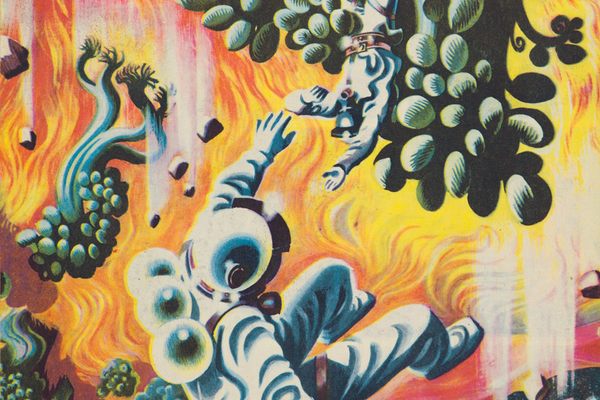
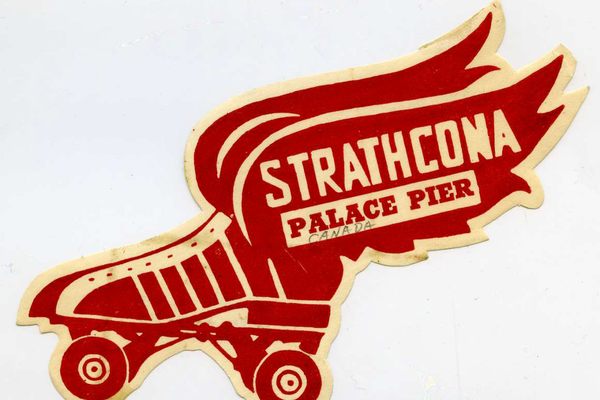





Follow us on Twitter to get the latest on the world's hidden wonders.
Like us on Facebook to get the latest on the world's hidden wonders.
Follow us on Twitter Like us on Facebook